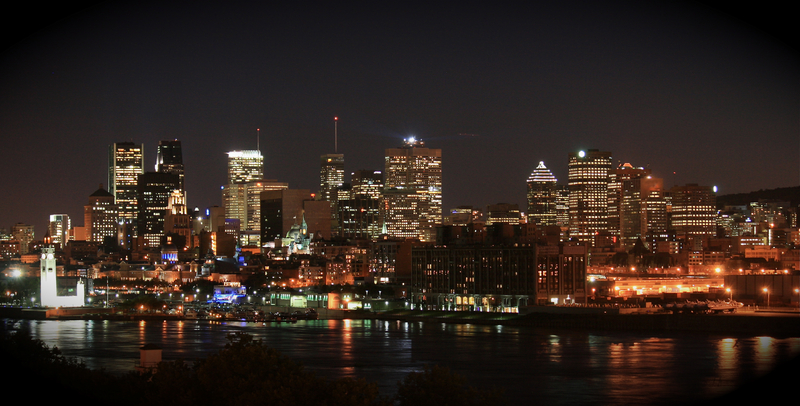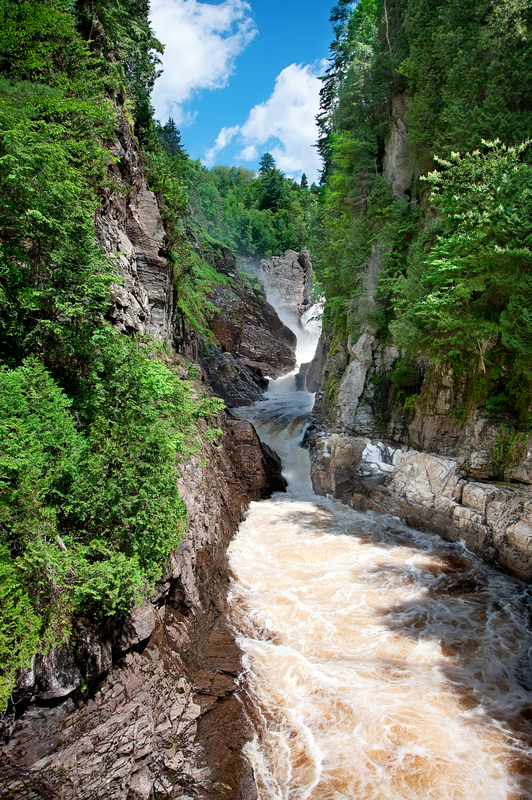Chibougamau is the largest town in rugged central Quebec, even though the population is only 7, 563. Surrounded by northern boreal forests and pristine lakes, Chibougamau is a beautiful location with a growing tourism interest. Named after vast nearby Lake Chibougamau, the town was once a mining outpost, but has grown into a thriving community.
Chibougamau, which means “crossed by a river” in Cree, is located in the Nord-du-Quebec region on the banks of Lake Gilman. The Cree Indians used the area for their traditional hunting grounds for centuries, and in the early 17th century French explorers and traders first came to Lake Chibougamau. In the late 1800’s, mining prospectors began working the area, and gold was discovered in 1903. A period of concentrated exploration immediately began, but due to the remote location and difficulty in accessing the area, no permanent outpost was developed. In 1949, copper was discovered and the availability of more advanced transportation methods and technology allowed mining to expand, along with a permanent community. The town of Chibougamau was incorporated in 1954, and soon became well-established as a mining center for copper, gold and silver. Still renowned for its mining, Chibougamau is now a large industry center for logging and sawmills.
Located on the banks of Lake Gilman, Chibougamau takes advantage of its beautiful surroundings in both summer and winter. In the summer, highest temperatures are from June to August, the average being around 70° F. Winter high temperatures average around 10° F from December to February. In the summer months, Obalski Park around Lake Gilman offers a beach for swimming or relaxing in the sun, a boat pier, picnic areas, cabins, and camping facilities. Many well-kept trails are used for hiking and biking, and in the snowy months, cross-country skiing and snowmobiling. Winter is celebrated in Chibougamau with the festival of the “Folies Frettes”, and a huge international snowmobile rally.
Although Chibougamau is in a fairly remote area of Canada, it is easily accessed by road or by air. From the west, Route 113 leads to Chibougamau, and from the southeast, Route 167 goes into town. The Chibougamau airport is just outside of town on Route 113. French is the main language spoken, with English being spoken by about two percent of the population. With the booming mining and logging industries, Chibougamau has become a well-known destination for commercial, residential, and tourist interests.








